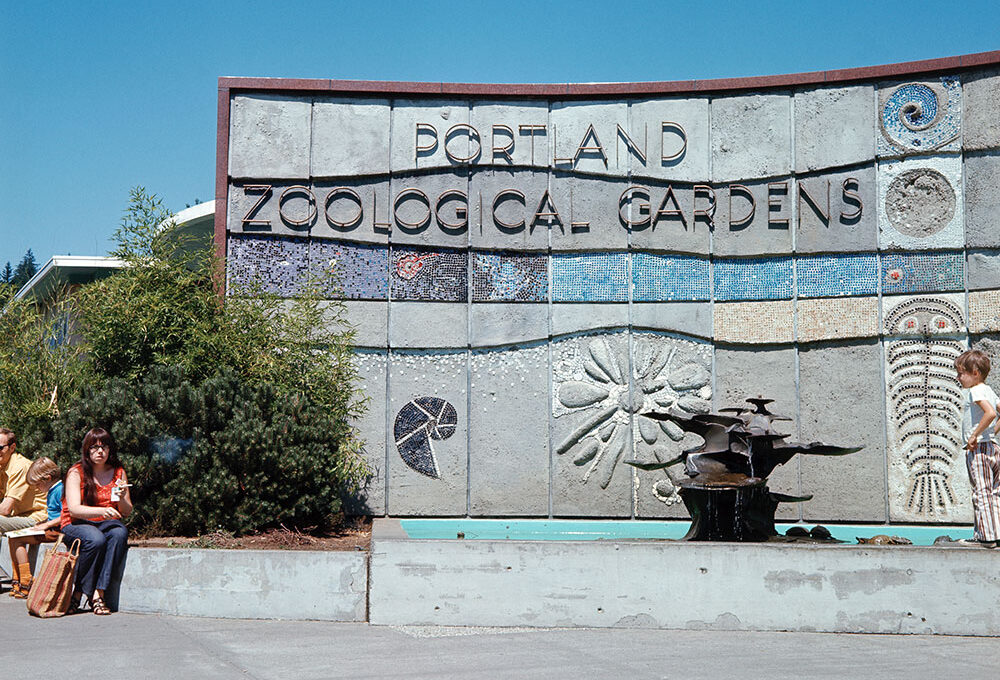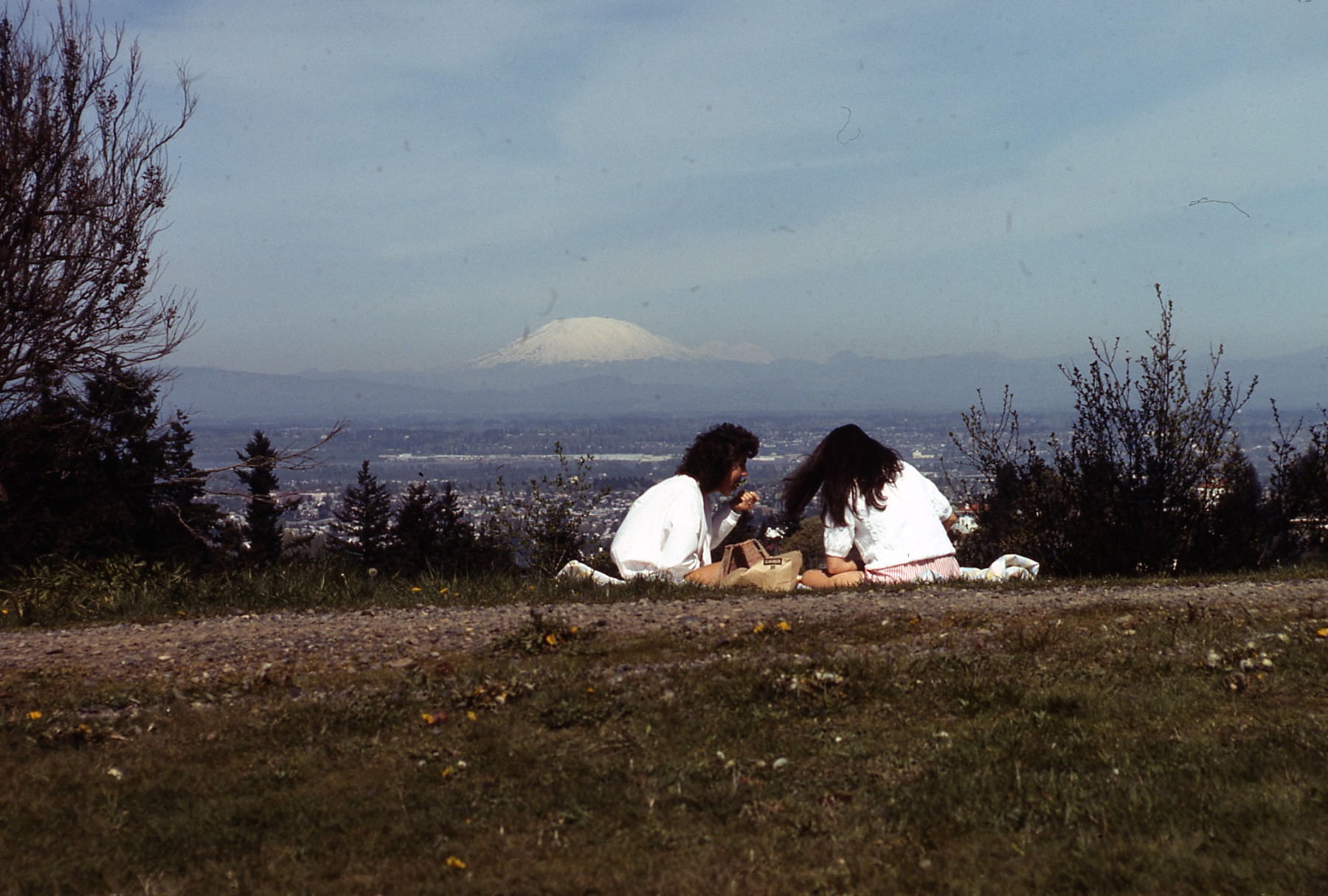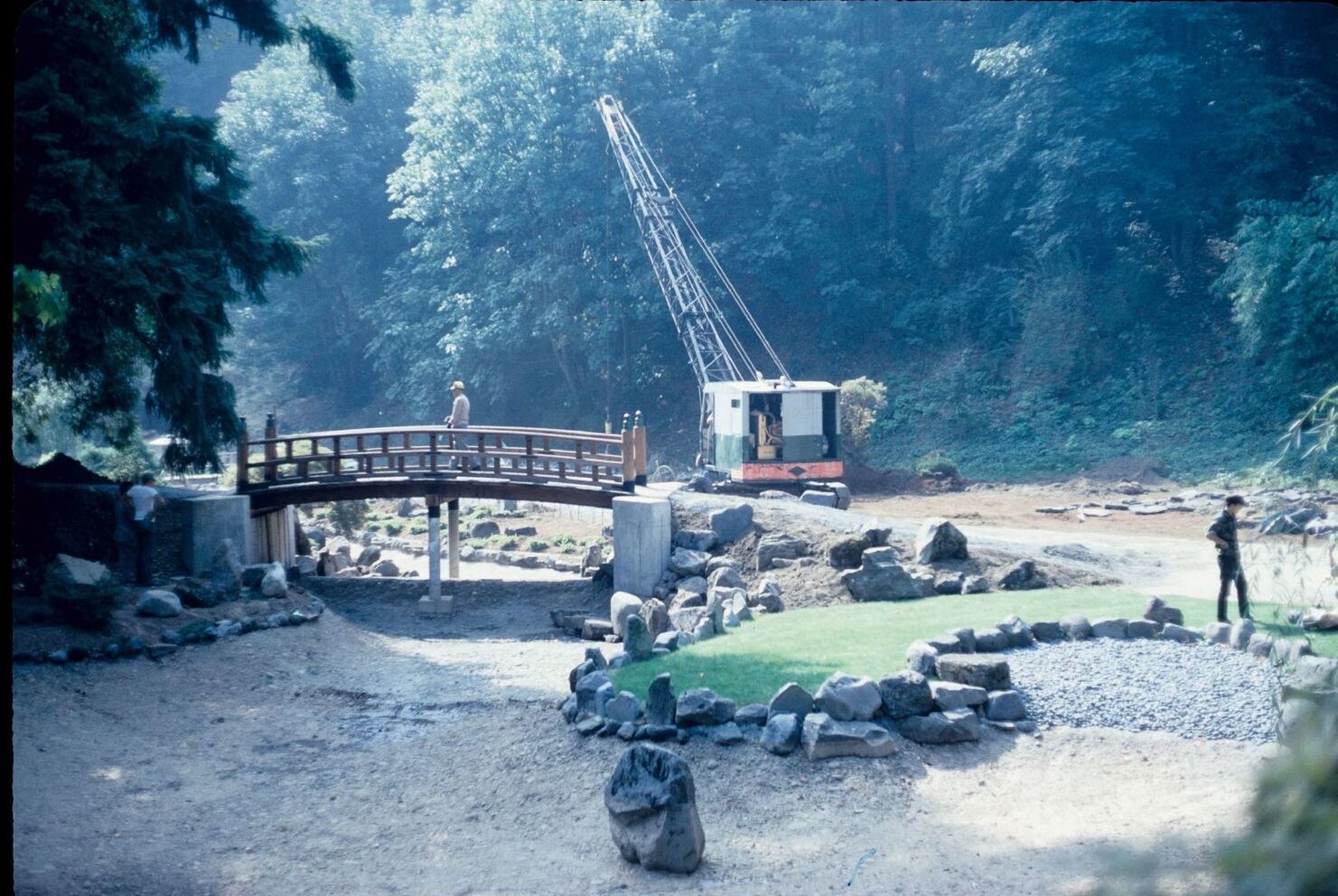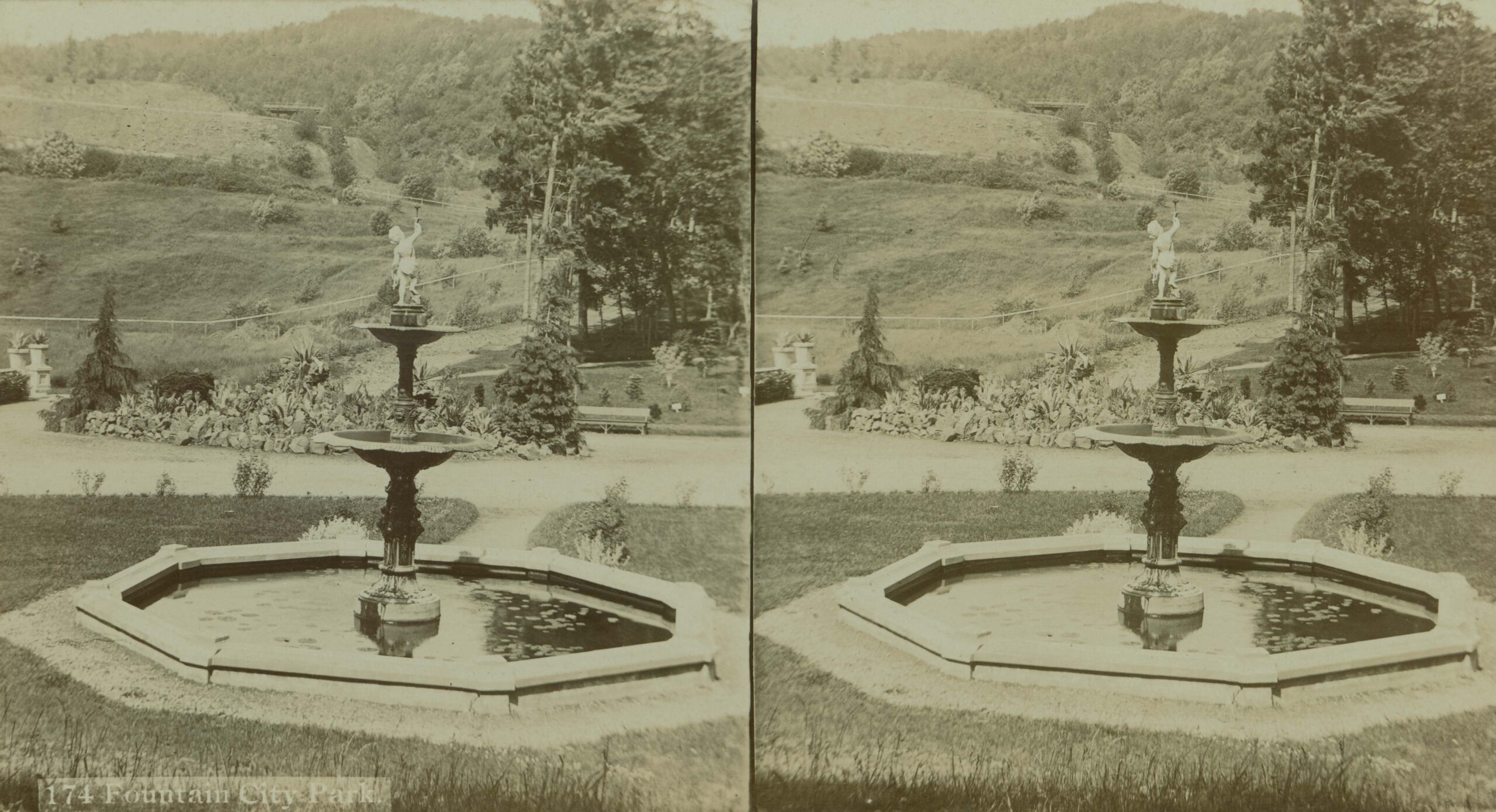Portland Japanese Garden
Audio Transcript
Portland Japanese Garden is an urban oasis that encompasses 12 acres with 8 garden styles. The Garden was founded in 1963 on the heels of World War II. Between Pearl Harbor, Japanese internment camps, and two atomic bombs, the war had taken a heavy toll on trans-pacific attitudes.

A group of local community members who were committed to healing these wounds came together with an idea to create a Japanese garden for the city of Portland. The hope was that this garden could become a place of beauty and peace and bring a better understanding of Japanese culture to Portland. Gardens have the quiet ability to teach about a culture without requiring translation. But even as Portland Japanese Garden was being built, it faced harsh opposition in the community. Hate groups gathered at the site to protest and chant racial slurs. Acts of vandalism were repeated on the property.
“The Garden was founded in 1963 on the heels of World War ll.”
Despite this, in 1967, Portland Japanese Garden formally opened to the public for the summer. That year, more than 28,000 people came to experience a traditional Japanese garden.The years went by, and with each generation, the Garden matured, flourished, and established itself as a cornerstone of the Portland community.The community grew as well, opening their hearts and minds and finding empathy and humanity in each other.Today, Portland Japanese Garden remains a hallmark of Portland and is renowned as the most authentic Japanese garden in the world outside of Japan. It is a place for Oregonians and people from around the world to come and connect with each other through the common ground of nature.
Learn more about the Portland Japanese Garden at Japanesegarden.org
Discovery Points

Oregon Zoo
Home to nearly 2,000 animals representing more than 200 species from around the world. From education programs to on-the-ground conservation efforts, the zoo is working to save species regionally and worldwide.

Washington Park MAX Station
In 1998, TriMet built the Washington Park MAX Station, which is the deepest transit station in North America at 260 feet below ground. It’s also the only underground station in the entire MAX system.

Hoyt Arboretum
Founded in 1928 to conserve endangered species and educate the community, Hoyt Arboretum encompasses 190 ridge-top acres and 12 miles of hiking and biking trails just minutes from downtown Portland.

Portland Japanese Garden
The Japanese garden was created in Portland nearly 60 years ago and has become a hallmark of the community today.

World Forestry Center
We think of forests as ancient and unchanging, but in the inland West the forests we see today look nothing like those of 150 years ago.

International Rose Test Garden
The International Rose Test Garden was founded in 1917 and is the oldest continuously operated public rose test garden in the United States.

Historic Stearns Canyon
Established in the 1800s, Washington Park is one of Portland’s oldest parks. The Park’s name, size, and entrances are among its many attributes that have evolved over the years.

Chiming Fountain
One of Portland’s original pieces of public art is still on display today in Washington Park. The Chiming Fountain is located in what is considered to be Washington Park’s main circle.

Vista Points
Washington Park, originally called City Park, has been well-loved by its caretakers past and present. The stewards of the Park and how they approach and influence its care have evolved.

Dawn Redwood
Hoyt Arboretum has a collection of coast redwoods that are over 150’ tall and were the first trees planted in the arboretum in 1931.

Explore & Connect
Explore over 150 years of Washington Park, originally called City Park, and its many destinations by virtually visiting the featured Discovery Points. Each Discovery Point connects you to history, photos, and community members’ stories.
